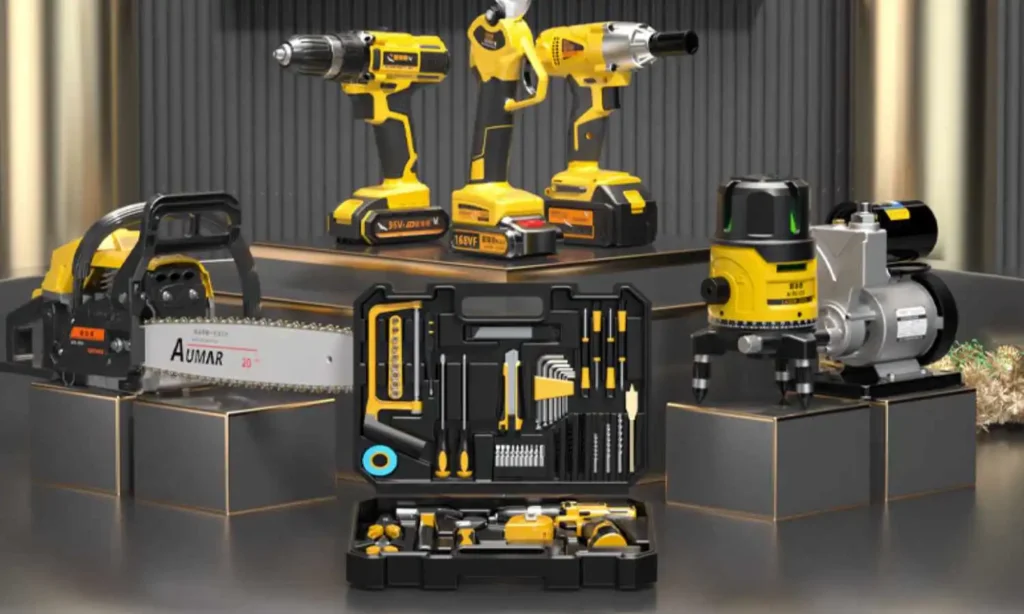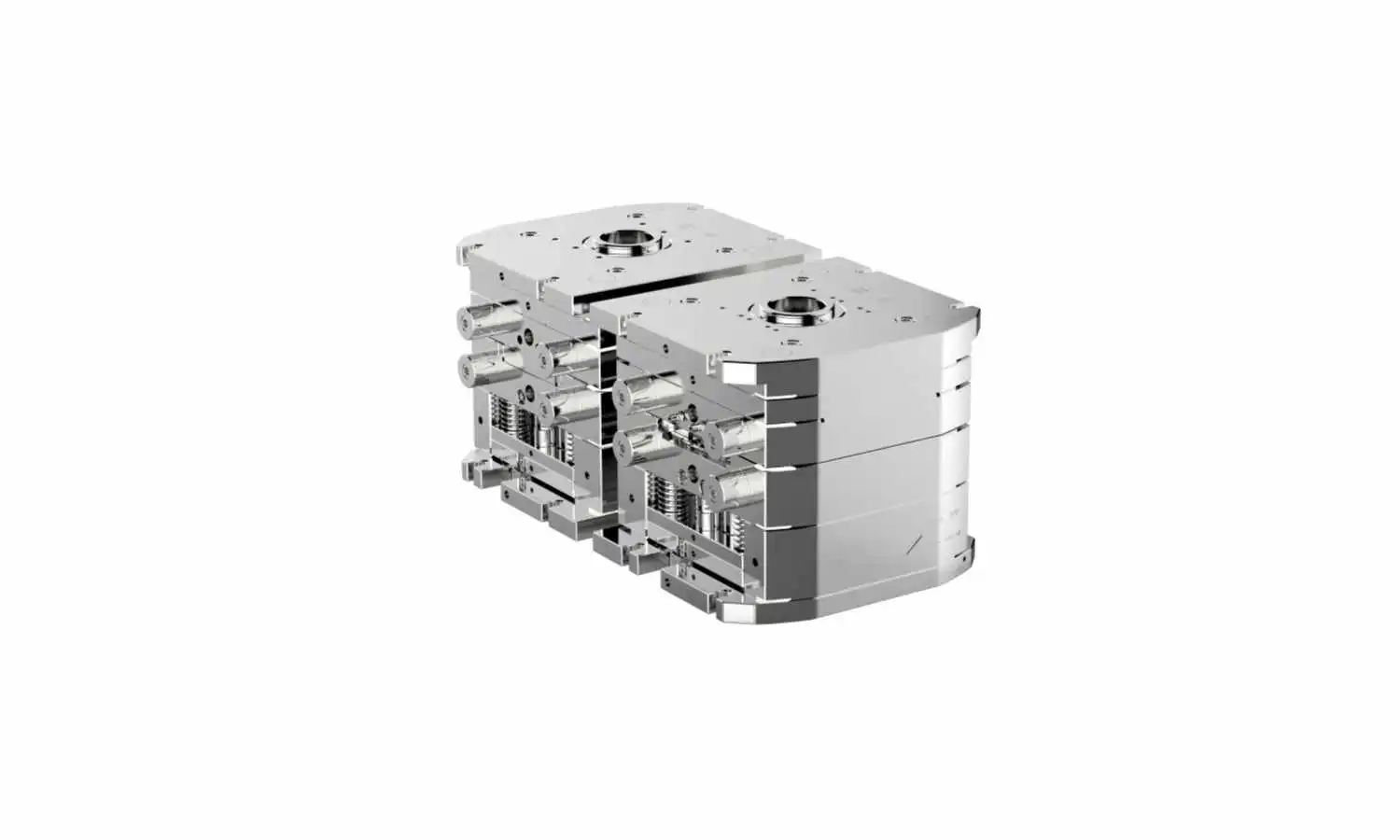Das Spritzgießen ist ein Verfahren zur Herstellung von Formteilen, bei dem durch Hitze geschmolzene Kunststoffe in eine Form gespritzt werden, die dann abkühlt und erstarrt. Das Spritzgießen ist ein vielseitiges und effizientes Herstellungsverfahren, das hauptsächlich für die Massenproduktion von Kunststoffteilen verwendet wird. Hier ist ein strukturierter Überblick:
Prozess-Übersicht:
- Vorbereitung des Materials: Thermoplastische Pellets werden in einen Trichter gefüllt und in einem Zylinder mit einer sich hin- und herbewegenden Schnecke erhitzt, bis sie schmelzen.
- Injektion: Die Schnecke spritzt den geschmolzenen Kunststoff unter hohem Druck in eine fest eingespannte, speziell angefertigte Form.
- Kühlung: Das Material kühlt ab, verfestigt sich in der Form und nimmt seine Gestalt an.
- Auswurf: Die Form öffnet sich, und die Auswerferstifte geben das fertige Teil frei.
Schlüsselkomponenten:
- Maschine:
- Injektionseinheit: Schmilzt und injiziert Material.
- Feststellvorrichtung: Hält die Form während des Einspritzens und Abkühlens geschlossen.
- Schimmelpilz: Normalerweise aus Stahl oder Aluminium gefertigt, mit Hohlräumen, Kufen, Anschnitten und Kühlkanälen. Für einen einfachen Auswurf sind Entlastungswinkel eingebaut.
Materialien:
- Hauptsächlich Thermoplaste (z.B. Polyethylen, ABS, Nylon) aufgrund ihrer Wiederverwertbarkeit und Schmelzeigenschaften. Duroplaste und Elastomere können mit Anpassungen ebenfalls verwendet werden.
Anwendungen:
- Aufgrund der hohen Wiederholgenauigkeit und der Fähigkeit zur Herstellung komplexer Formen werden sie häufig für die Herstellung von Produkten wie Automobilkomponenten, medizinischen Geräten, Konsumgütern und Elektronik verwendet.
Vorteile:
- Hoher Wirkungsgrad: Schnelle Produktionsraten, geeignet für große Mengen.
- Präzision: Konsistente und komplizierte Teilegeometrien.
- Material Flexibilität: Kompatibel mit verschiedenen Materialien und Farben.
Beschränkungen:
- Hohe Anfangskosten: Teurer Entwurf und Herstellung von Formen.
- Design-Zwänge: Erfordert eine einheitliche Wandstärke, Entformungswinkel und eine sorgfältige Berücksichtigung von Anschnitten und Auswerferstiften.
Häufige Defekte:
- Dazu gehören Einfallstellen, Schweißnähte, kurze Schüsse und Grate, die oft auf eine falsche Temperatur, einen falschen Druck oder eine falsche Formkonstruktion zurückzuführen sind.
Variationen:
- Techniken wie gasunterstütztes Spritzgießen, Overmolding und Insert Molding erweitern die Anwendungsmöglichkeiten.
Umweltbezogene Überlegungen:
- Die Wiederverwertbarkeit von Thermoplasten und die Wiederverwendung von Angüssen und Läufern reduzieren den Abfall. Energieeffiziente Maschinen und biologisch abbaubare Materialien sind neue Trends.
Zusammenfassend lässt sich sagen, dass das Spritzgießen ein Eckpfeiler der modernen Fertigung ist, da es ein Gleichgewicht zwischen Effizienz, Präzision und Vielseitigkeit herstellt, obwohl es ein sorgfältiges Design und Vorabinvestitionen erfordert.





